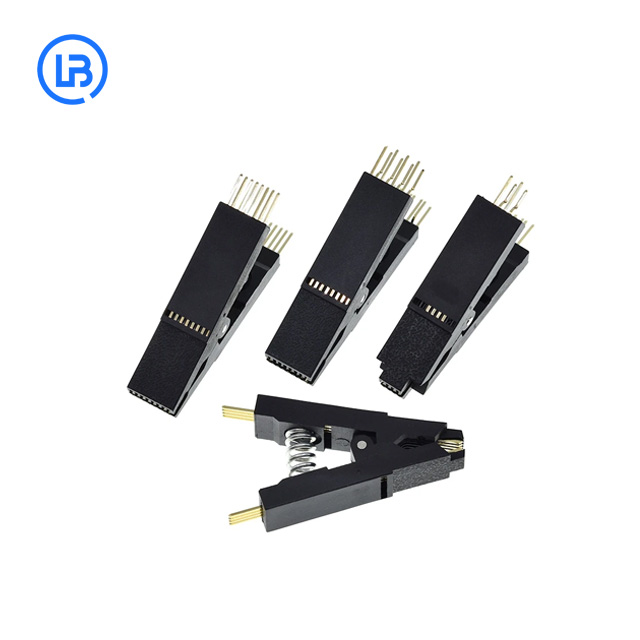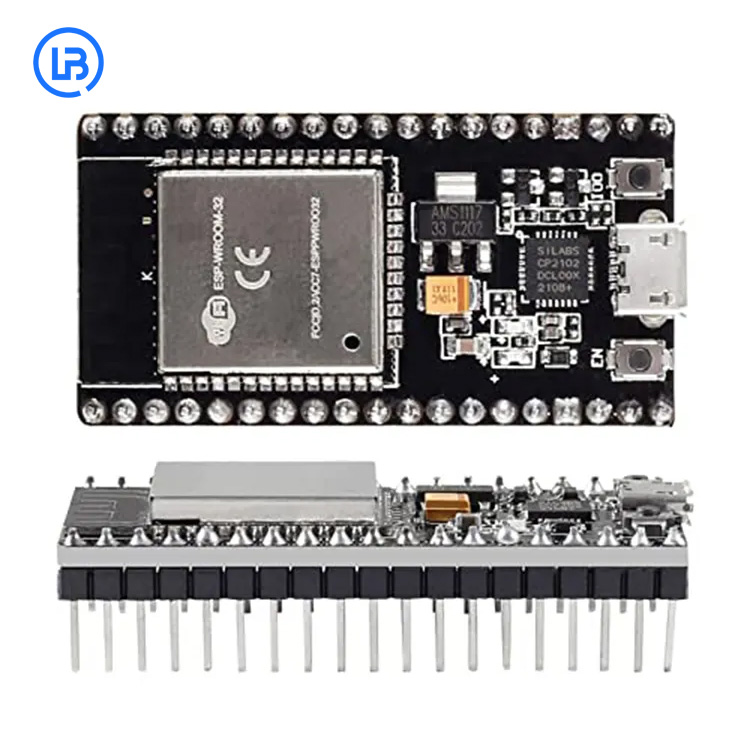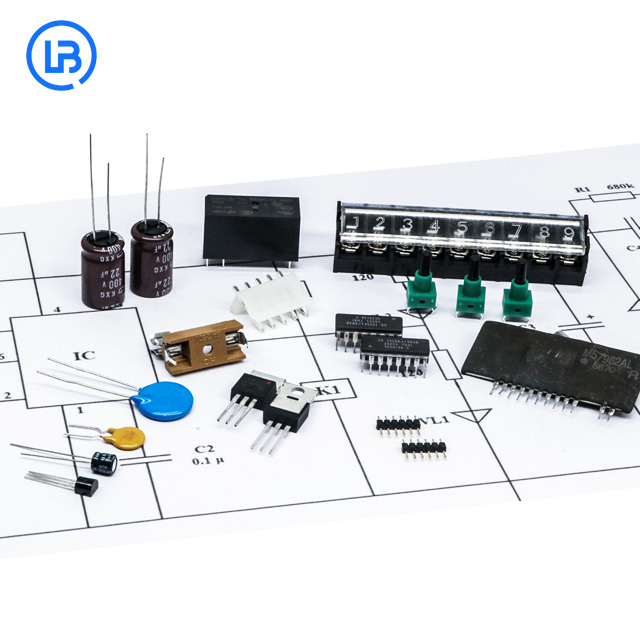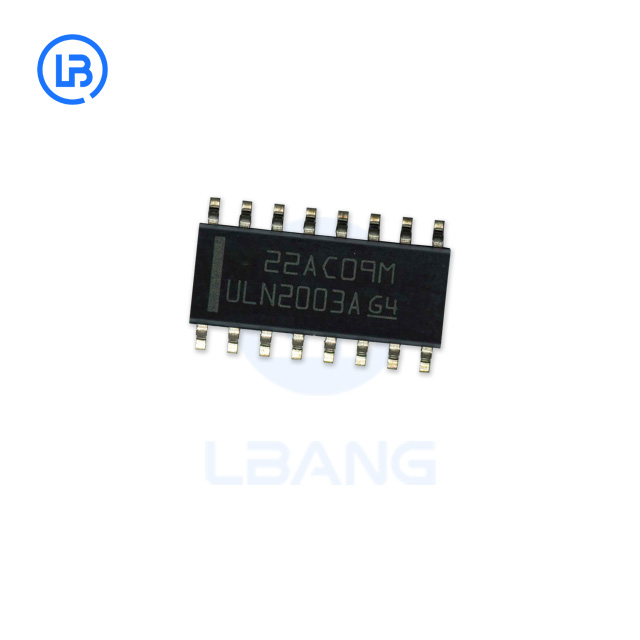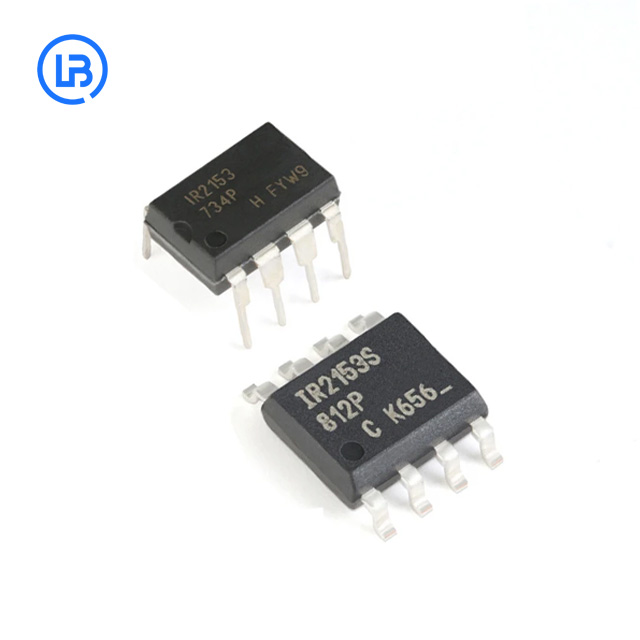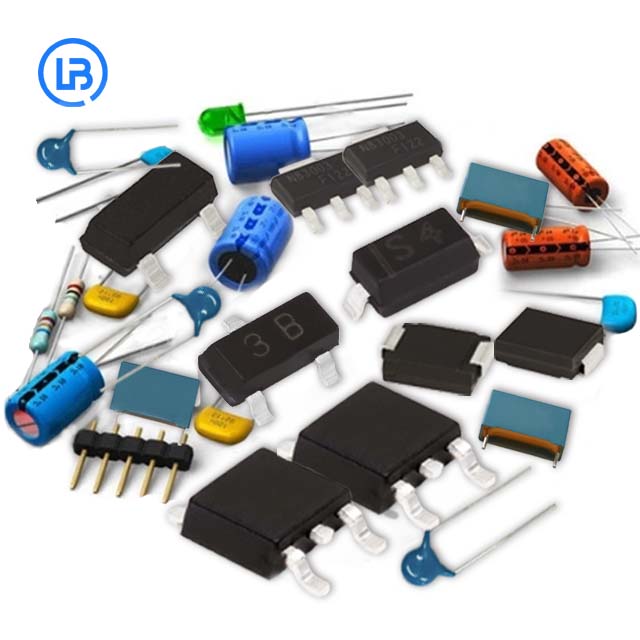
Connector
Connector
Connectors are electromechanical devices that enable the physical and electrical connection between electronic components, modules, and systems. They provide a secure interface for signal transmission and power delivery, ensuring reliable and efficient communication between different parts of an electronic system. Connectors come in various shapes, sizes, and configurations, designed to meet the specific needs of different applications. They can be used for wire-to-board connections, board-to-board connections, or even cable-to-cable connections. Connectors are crucial for the assembly and operation of electronic devices, as they allow for easy disassembly and reassembly, enabling maintenance and repairs.
- Application: Widely used in computer, medical, security equipment and other fields.
- Provide brands: LUBANG is committed to providing you with industry leading brand connector products, Partners include 3M, Amphenol, Aptiv (formerly Delphi), Cinch, FCI, Glenair, HARTING, Harwin, Hirose, ITT Cannon, LEMO, Molex, Phoenix Contact, Samtec, TE Connectivity, Wurth Elektronik, etc.
Product Comparison
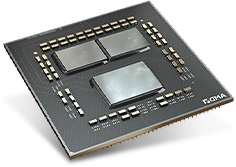
HDMI Connector Model A
HDMI-A
19
0.15 - 0.30
1.5 - 3.0
≥ 5000
500
-25 to +85
-40 to +105
≥ 10,000 cycles
HDMI Standard Cable
High-Definition Video Device Connection
vs
vs
Model Number
Number of Contacts
Contact Force (N)
Total Withdrawal Force (N)
Insulation Resistance (MΩ)
Dielectric Withstanding Voltage (VDC)
Operating Temperature Range (℃)
Storage Temperature Range (℃)
Number of Mating Cycles
Cable Type
Application Area
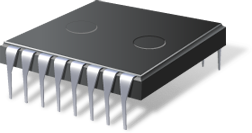
RJ45 Connector Model B
RJ45-B
8
0.10 - 0.20
0.8 - 1.6
≥ 5000
1000
-40 to +85
-40 to +105
≥ 5,000 cycles
CAT5/CAT6 Ethernet Cable
Local Area Network Device Connection
Product Description
| Materials | Plastic, copper, stainless steel, aluminum, etc |
| Plate thickness | 0.5mm to 2.0mm |
| Key thickness | 0.1mm-0.3mm |
| Minimum cable width | 0.2mm to 0.5mm |
| Minimum cable spacing | 0.3mm-0.8mm |
| Minimum hole size | φ0.5mm – φ1.0mm |
| Aspect ratio | 1:1-5:1 |
| Maximum plate size | 100mmx 100mm – 300mm x 300mm |
| Electrical performance | Contact resistance :<10mQ; Insulation resistance :>1GΩ |
| Environmental adaptability | Operating temperature :-40°C-85°C; Humidity :95%RH |
| Certification and standards | Describes the certifications and standards that connectors meet |
| Comply with UL, RoHS and other certification |
Connector
- Local Area Network Device Connection
- Automotive Connectors
- Backplane Connectors
- Board to Board & Mezzanine Connectors
- Cable Assemblies
- Card Edge Connectors
- Circular Connectors
- Contact Probes
- Data Bus Components
- D-Sub Connectors
- FFC / FPC
-

Phone
-

E-mail
-

Whatsapp
WhatsApp
-

Top

